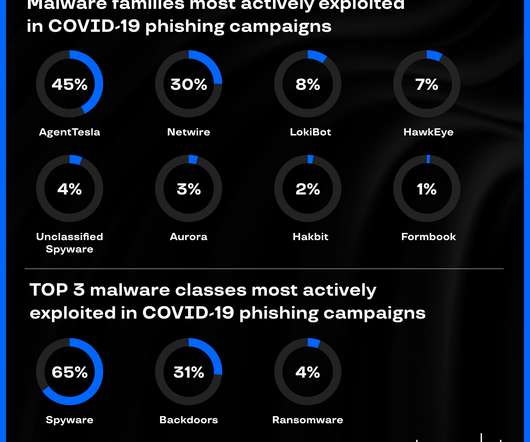Account Takeover: What is it and How to Prevent It?
Identity IQ
MAY 7, 2021
It’s one of the fastest-growing cybersecurity threats today, growing a staggering 300% since 2019 and leading to consumer losses of $3.5 Once they have access to an account with sufficient authority, cybercriminals can use that trusted email address to scam other companies into making fraudulent payments or just distribute malware en mass.















Let's personalize your content